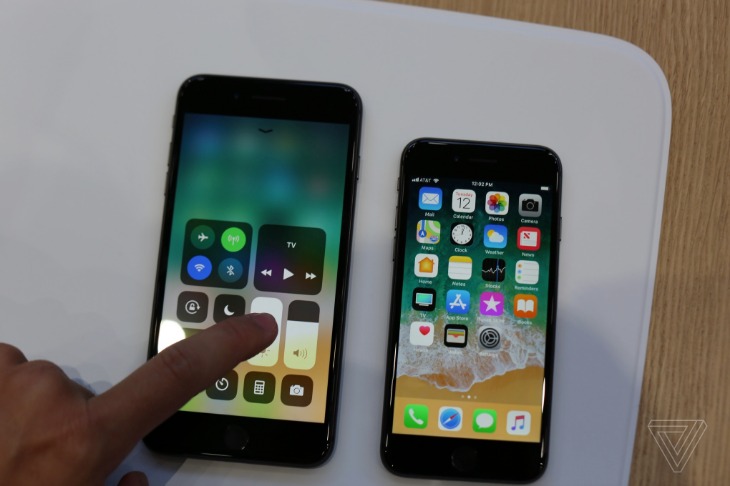The rise of remote work, digital parenting, and personal security has created an unusual niche: tools marketed as spy apps for iphone. The term is provocative, yet the underlying technology spans a spectrum—from legitimate device management and parental controls to ethically gray solutions that promise stealth access. Knowing how these tools work, where they’re limited, and how to use (or avoid) them responsibly is essential in a world where privacy and safety intersect.
Curious readers often look for roundups and comparisons to separate hype from reality; one resource that tracks the space is spy apps for iphone, where vendor claims, capabilities, and caveats are frequently discussed.
What These Tools Actually Do
Most offerings cluster around a few core functions: location history or live location, call and text logs, messaging snapshots (often limited to what’s available in cloud backups), browser history, app usage, geofencing alerts, and sometimes ambient or screen capture on devices that allow deep access. On iOS, sandboxing and Apple’s security model constrain background monitoring, so many products rely on iCloud data, configuration profiles, or supervised device frameworks rather than invisible, all-powerful agents.
How Capabilities Vary
Feature depth depends on the access method. Tools that parse iCloud backups may capture messages, photos, or app data that syncs to the cloud, but they won’t see everything in real time. Solutions that use enterprise-style management can control settings and gather usage data on supervised devices, but users typically see prompts or installed profiles. Jailbreak-dependent tools advertise comprehensive coverage, yet they introduce serious stability and security risks and are often broken by routine iOS updates.
Ethics and Legal Boundaries
Consent is the line that matters. Monitoring an adult’s personal device without explicit permission is illegal in many jurisdictions and damaging to trust in all. Parents and guardians have broader leeway with minors, but transparency still fosters healthier outcomes. Employers can monitor corporate-owned or supervised devices when disclosed in clear policies; doing the same on personal BYOD phones is far more sensitive and often restricted by law and union or contractual obligations.
Installation Paths and Their Trade-offs
iCloud-Based Access (No Jailbreak)
Some tools authenticate to an Apple ID and analyze device backups or synced data. This is less invasive physically—no need to handle the device long-term—but typically requires two-factor authentication and ongoing token maintenance. It offers periodic snapshots, not live surveillance, and can miss data that never reaches iCloud.
Mobile Device Management (MDM) Profiles
Organizations can supervise iPhones to enforce policies, install apps, and collect usage metrics. This method is legitimate within a corporate or school context, but it is not stealthy: users encounter enrollment prompts and visible profiles. It’s a compliance solution, not a clandestine one.
Jailbreak-Dependent Tools
By bypassing iOS restrictions, jailbreaks unlock deeper data capture and background operation. The costs are high: weaker device security, potential instability, warranty voiding, and frequent breakage after iOS updates. For most people and businesses, this path creates more risk than value.
Who Might Consider Them?
Parents
Guardians seeking oversight can start with Apple’s Screen Time, Family Sharing, and content restrictions. Third-party options may add location geofences, activity dashboards, or reporting that’s easier to digest. The best results come with honest conversations and age-appropriate boundaries rather than silent observation.
Organizations
Companies focused on compliance, data loss prevention, and device hygiene should use supervised device programs, MDM, and transparent policies. Monitoring should have a defined purpose, data minimization, and an audit trail. Clear notices reduce misunderstandings and legal exposure.
Personal Relationships
Secret monitoring invites legal and relational fallout. If both parties agree to shared-location or safety apps, choose solutions designed for transparency. Anything else risks doing harm that far outweighs any perceived benefit.
How to Choose Without Regret
Be skeptical of grand promises. iOS simply doesn’t allow undetectable, total access without significant compromises. Evaluate vendors on data security (encryption at rest and in transit), privacy posture (what they collect about you), jurisdiction and compliance claims, update cadence, customer support, and clear refund terms. Read what features require physical access, what breaks after updates, and how the app handles two-factor authentication.
Red flags include “undetectable on any iOS,” requests to disable device security, unclear pricing, and no third-party security review. If you can trial with limited data before committing, do so.
Alternatives Worth Trying First
Before considering spy apps for iphone, explore built-in tools: Screen Time for app limits and content filters; Family Sharing for purchases and find-my-device features; and shared location in Messages or Find My for safety check-ins. These offer transparency, support, and alignment with platform security.
Protecting Yourself From Unwanted Monitoring
Regularly review Settings for unfamiliar configuration profiles or VPNs, confirm Device Management status, and keep iOS updated. Secure your Apple ID with strong, unique passwords and hardware security keys where possible. Watch for unusual battery drain or data usage. If you suspect compromise, consider a clean restore, re-enroll only trusted profiles, and rotate credentials across important accounts.
Bottom Line
The marketplace for spy apps for iphone mixes legitimate management and safety use cases with flashy claims that clash with iOS’s security model. Act within the law, get explicit consent, and prefer transparent solutions. If you use a monitoring tool, choose one that respects privacy, secures data, and acknowledges platform limits—and if you don’t, know how to spot and remove what doesn’t belong on your device.



